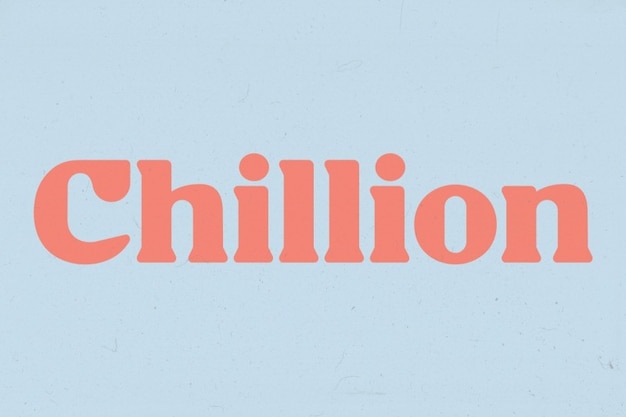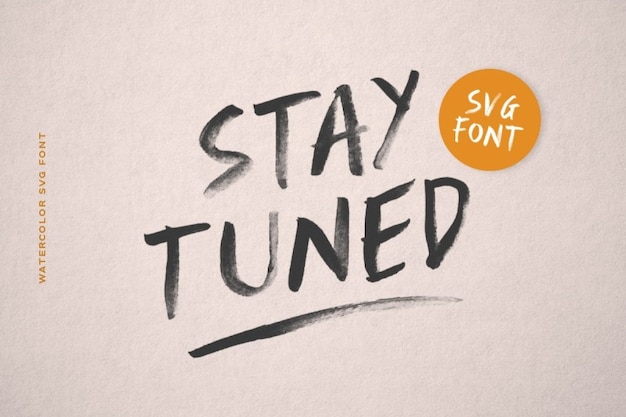Festejo
Where is Day of the Dead celebrated?
Día de los Muertos is a major celebration for Latin America, but with celebrations gone global, what countries celebrate Day of the Dead around the world? This tradition is deeply rooted in ancient civilizations such as the Aztec, and many other countries pay homage to their dead relatives by making altars. Let’s learn and understand how do people celebrate the Day of the Dead in countries like Bolivia, Guatemala, Argentina, and the United States.































